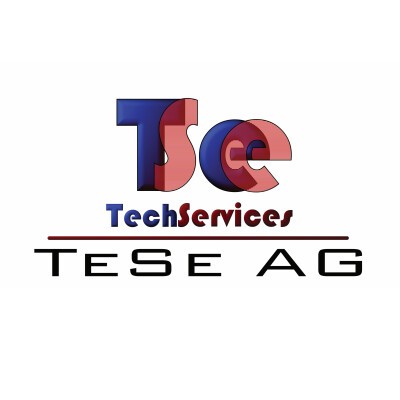Atmospheric pressure plasma (AP plasma), the fourth state of matter, is revolutionizing surface treatment!
As experts in surface technologies, we are constantly impressed by the possibilities offered by atmospheric pressure plasma (AP plasma). It is not only the fourth state of matter, but also a key technology for modern manufacturing processes.
What makes AD plasma so special? Unlike low-pressure plasma, AD plasma systems do not require a vacuum chamber. This saves a considerable amount of space and energy and enables seamless integration into existing automated production lines and even into 3D printing processes.
How is the plasma generated and what components are required?
Basic principle of plasma generation
Plasma is an ionized gas mixture of charged ions and neutral atoms or molecules that contains enough free charges to exhibit collective electromagnetic effects. To generate plasma, energy must be supplied to ionize neutral particles in the gas. In technical applications, this excitation is usually achieved by applying an external electric field.
The electric field accelerates the free electrons present in the gas. These accelerated electrons collide with the gas atoms and molecules, causing them to become excited or undergo impact ionization. During impact ionization, gas particles lose electrons, creating additional free electrons and positive ions. A current flow through the gas, a gas discharge, is ignited as soon as more free electrons are produced than are destroyed by recombination processes. Plasmas contain high-energy particles (electrons, ions, photons), chemically reactive species (e.g., radicals and metastable species), and various transient fields (e.g., thermal energy, shock waves, and electromagnetic waves) that interact with the materials being treated.
The core components of an AD plasma system include:
- Energy sources: Powerful high-voltage, pulsed, or high-frequency generators (e.g., 5–15 kV, 10–100 kHz).
- Plasma sources: Plasma jets: Use pulsed arc discharge to generate potential-free, homogeneous plasmas that can be directed precisely and robotically onto surfaces. Dielectric barrier discharge (DBE): Plasma is generated between electrodes, with a dielectric limiting the discharge current and enabling homogeneous treatment. Gliding arc: Uses an arc guided by a gas flow to generate reactive species.
- Gas supply systems: The choice of working gas is crucial for the plasma composition and the desired surface reactions. The following are used here: Air: For the activation and adhesion improvement of plastics. Oxygen: Ideal for ultra-fine cleaning and the generation of polar groups for maximum wettability. Nitrogen: For specific functionalizations, e.g., the generation of amino groups. Argon and helium: Noble gases for sensitive, temperature-sensitive materials, as they introduce hardly any heat into the surface. Water vapor (H₂O): For the generation of hydroxyl groups.
- Control and monitoring systems: Microcontrollers enable precise adjustment of process parameters such as treatment speed and gas flow.
- Safety and extraction systems: Essential, as ozone and nitrogen oxides can be produced during air plasma treatment; modern extraction systems and continuous air monitoring are required.
Applications and advantages: AD plasma is the optimal treatment method for cleaning, activating, and coating surfaces efficiently and in an environmentally friendly manner. It is an environmentally friendly alternative to chemical solvents and is used to optimize adhesion and wettability for bonding, printing, or painting. A particularly advantageous feature is the possibility of using “cold” plasmas at low temperatures (30-150°C) for heat-sensitive materials.
The areas of application are diverse and include the automotive industry, packaging industry, medical technology, semiconductor manufacturing, and solar industry.


